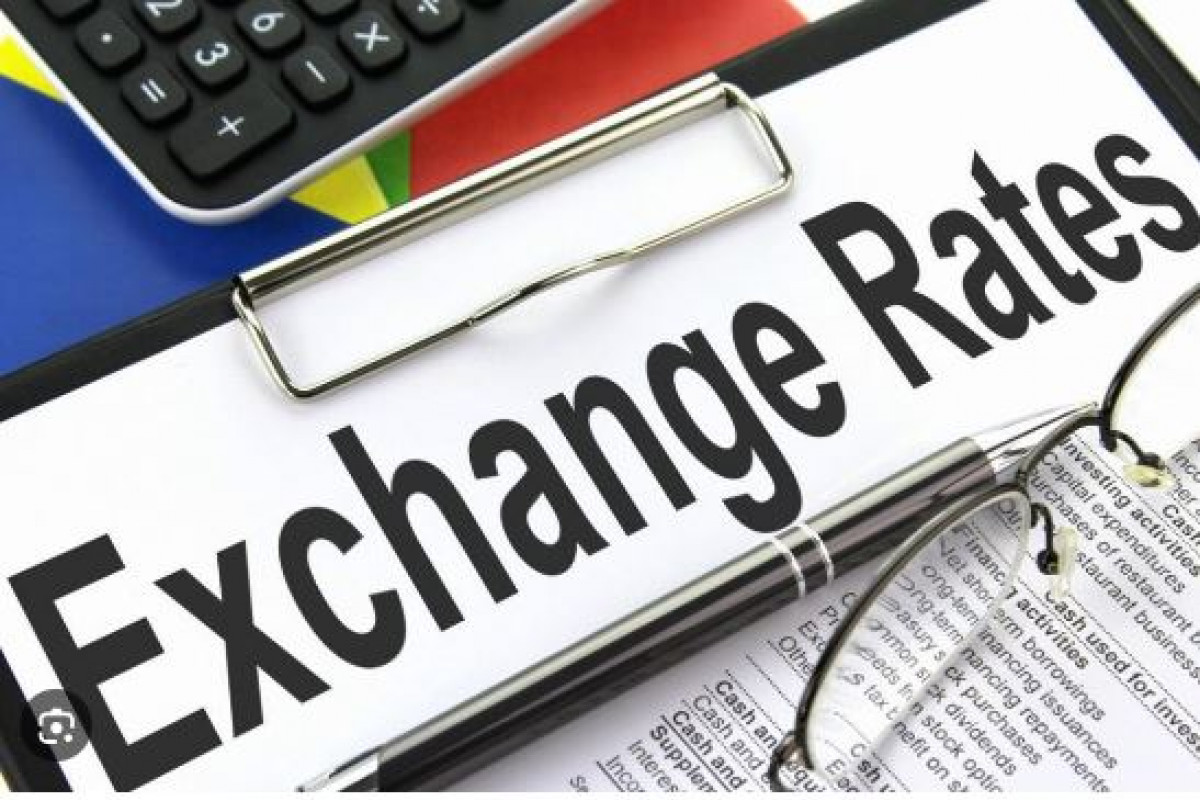The Zimbabwean dollar is slowly being rendered irrelevant in the market due to growing dollarisation, heightening fears the domestic unit might face complete rejection in the market by 2025 if no immediate action is taken to reverse the trend. The domestic currency is growing alienation as a means of payment in the market, as economic agents remain highly skeptical about using it given the losses they have suffered in the past due to high inflation.
The Zimbabwean Government remains steadfast that it will succeed in the quest to make the local currency the most dominant medium of exchange, arguing no country in the world can register sustainable growth without its own currency. Zimbabwe currently uses a multi-currency monetary policy regime, which allows the use of foreign currencies namely the US dollar and South African Rand operating alongside the domestic unit and provisioned by legislation to run through 2025.
Zimbabwe is among the nations that officially adopted the US dollar as a legal tender. The British Virgins Islands dollarized in 1959, Panama adopted the dollar as its official currency in 1904, Ecuador dollarized in September 2000, El Salvador followed suit in January 2001, The Turks dollarized in 2001, Bonaire dollarized in January 2011.
According to ZimStat, 80% of transactions in Zimbabwe are now being done in USD and according to Confederation of Zimbabwe Industries (CZI), the Zimbabwean credit market was also now highly dollarized, with US dollar loans constituting 94% of the loan book, adding that foreign currency deposits in M3 (broad money supply) increased from 58.9% in June 2022 to 87.5% in June 2023. This shows that the Zimbabwean economy is now highly dollarized regardless of the type of dollarisation one might choose (deposit dollarisation, credit dollarisation or transactions dollarisation). This also means that if monetary authorities still aspire to save the (Zimbabwean dollar) or to have it as the dominant currency by 2025, then there should be policy strategies that are aimed at reversing this trend. If there are no such measures, then the market will reject the local currency out of circulation.
Future insights on establishing a stable economy:
- A new currency printed must be equal to about 15% of all physical money transactions in the market. Hence, there will be a need to encourage the use of electronic means to settle, but as a developing country with a large informal economy, we need cash.
- Need to protect the Nostro account system and allow people to bank real dollars into accounts which should then be accepted as free funds and to be available for individuals and companies to settle external liabilities.
- Need to abandon exchange control on all current account transactions. This was done in 2009 when we dollarized, but we need to recognise that exchange control is not appropriate in a free market economy.
- To have a completely free market for all hard currency needs. Any Zimbabwean who needs currency should be able to buy what they want at their banks and Bureau du Changes, at the market price of the day.
- To demonetize all foreign currencies for local transactions done in the new local currency

